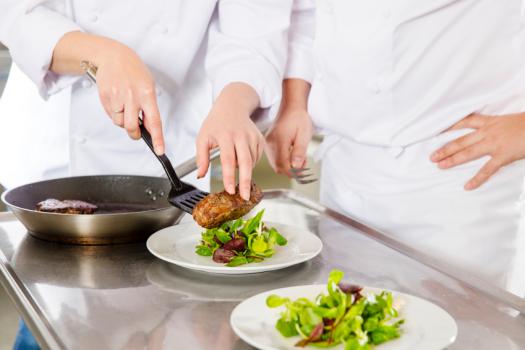Chad Clift hopes that he will never have to sell his restaurant, the Swanky’s, but he is not naive enough to believe that it could never happen. Even successful restaurateurs can find themselves in a situation that would require selling their venture. When a business stagnates, or worse, it never really takes off, having these notions are obviously even more legitimate. Sometimes it comes down to it, and there is nothing anybody can do to avoid the painful solution.

Doing an Appraisal
There are four major aspects that influence the value of the establishment: location, architectural and infrastructural quality, the financial situation of the restaurant, and finally the management.
Location
One of the most obvious factors, the location of a restaurant highly influences its general productivity. An average location can be overcome with high quality food and good management, but being in a bad location likely forever hinders the development of the restaurant.
Presentation
The quality of the building and how well the kitchen and the dining area are situated within the restaurant, play a huge factor in the appraising process.
Management
If a restaurant has a quality management in place that creates a good team with certain camaraderie and willingness to go the extra mile for the others, these factors will raise the value significantly. A restaurant that is still under management is more valuable for a variety of reasons, one of them being flexibility. When someone buys a restaurant with the management intact, they can basically start their new business overnight. As of now, Chad Clift would almost certainly reject any offers for his restaurant, but certain factors could change his mind in the future.
Sources:




